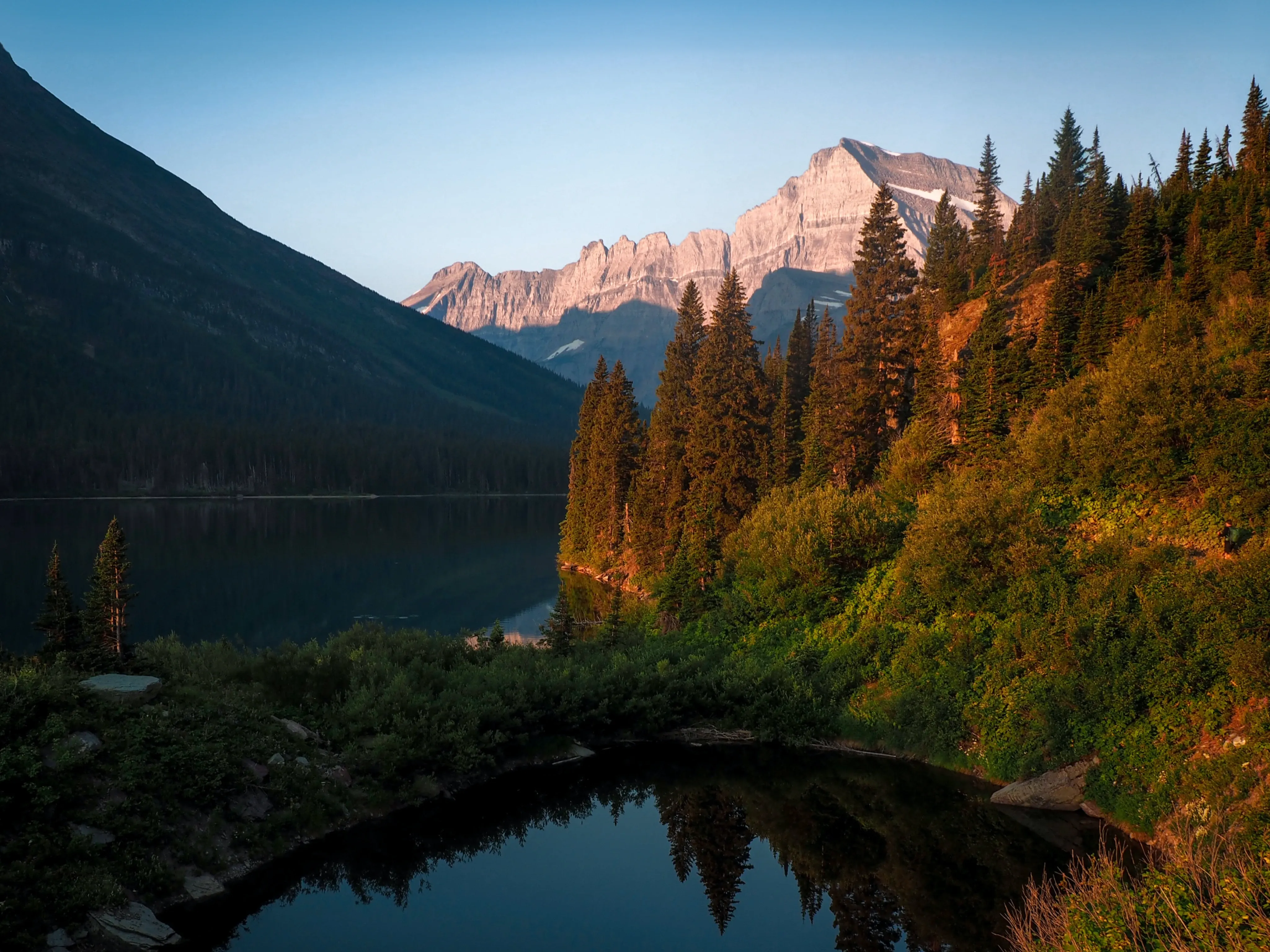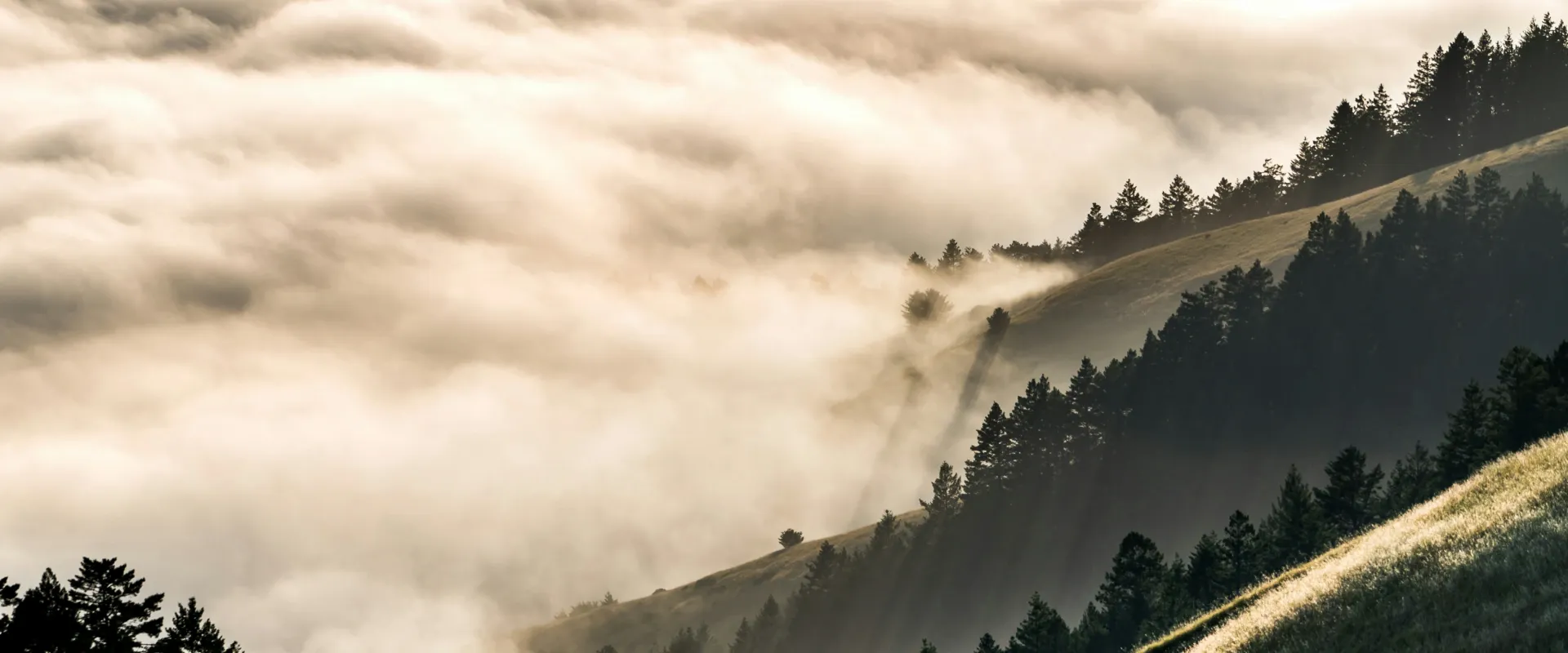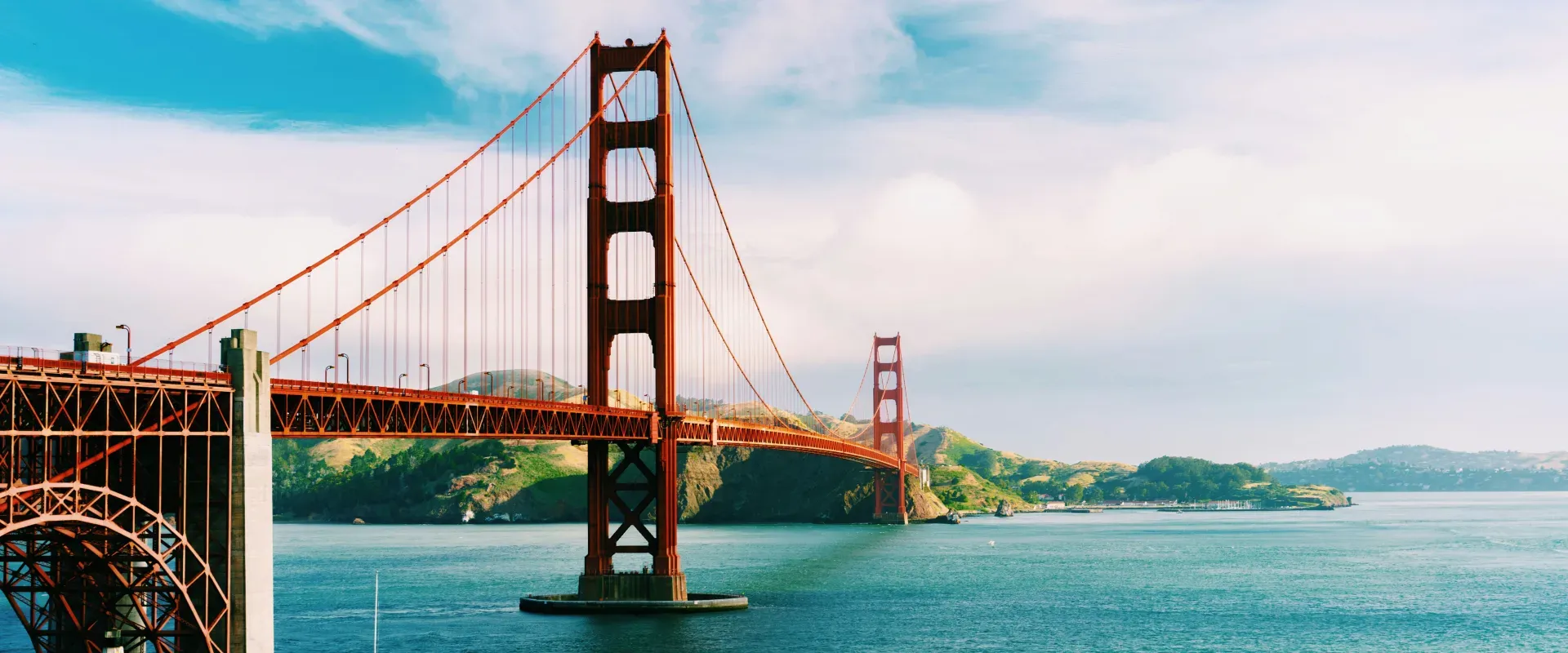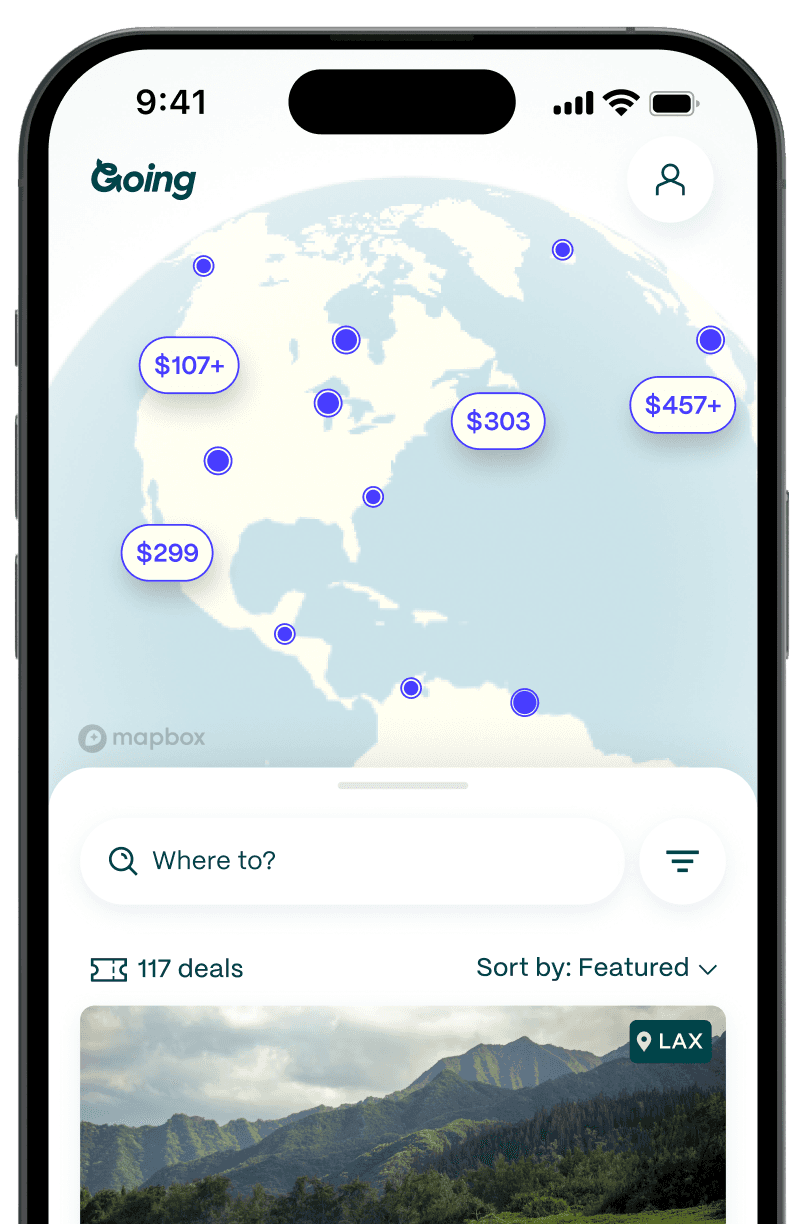
Montana: The US State Known by Locals As the 'Last Best Place'
While the fur-trapping pioneers, gun-slinging cowboys, and saloon-front shoot-outs are a thing of the past, Montana’s Wild West character is, in many ways, still intact. Stretching from the Rocky Mountains to the Great Plains, it’s the fourth-largest state in the US yet also one of the least populated. It’s where the buffalo still roam—along with grizzly bears, mountain lions, elk, bighorn sheep, and a slew of other wildlife.
Much of Montana’s wild and scenic terrain is still undeveloped, from the geologic wonders of Yellowstone National Park and the monolithic peaks in and around Glacier National Park to the flatlands in the east. The rugged landscape and long, snowy winters mean that Montana is not for the faint of heart. It feels somewhat undiscovered, which explains why it’s lovingly referred to by locals as the “Last Best Place.”
But the secret’s out. Montana’s population has increased every year since 2001, especially during the pandemic. It landed within the top 10 states for growth in 2022, with a 1.5% increase. Due to the influx of new residents, the cities have become significantly more sophisticated. There are hip downtowns, myriad cultural opportunities, universities, and more creative types who’ve added a contemporary, artisan flair.
Montana was dubbed the Big Sky state after American novelist Alfred Bertram Guthrie Jr. described the vastness of the landscape and skyline in his 1947 book The Big Sky. Due to the sparse population and high elevation, it’s true that the sky feels, well, bigger here.
Land of treasures
On their legendary journey from 1804 to 1806, members of the Lewis and Clark expedition were the first non-Indigenous people to cross the state of Montana; intrepid fur trappers were close on their heels, including traders from the Hudson Bay Company who, in the 1850s, discovered gold in the western part of the state. Ten years later, a motherlode strike brought a rush of prospectors, and many set down roots and homesteaded land.
Mining defined Montana for a number of years, and along with gold, vast reserves of silver, copper, lead, zinc, and coal were discovered, leading to yet another nickname: the Treasure State.
Visits to ghost towns—like Virginia City, Nevada City, and Bannack—offer glimpses into life in these Wild West mining towns, with boardwalks, saloons, brothels, and homesteads that have been preserved and restored. Remnants of mining activity are evident, with tailings (hills where digs were made) in rural areas and unfortunate leftovers like the Berkeley Pit—a former copper mine in Butte that is one of the only places in the world where visitors pay for tours of a toxic lake.
From geysers to glaciers

The state’s two iconic and vastly different national parks—Yellowstone and Glacier—offer visitors a taste of Montana’s varied landscapes. Yellowstone, to the south, is the nation’s first designated national park. While only about 3% of the park sits within Montana itself—the vast majority is in Wyoming—Yellowstone as a whole contains 10,000 hydrothermal features and more than half of the world’s geysers. Another allure of the park is the wildlife watching—it’s not uncommon to see bears, wolves, moose, elk, bison, antelope, and more, especially in the early morning and evening hours.
About 400 miles north, near the Canadian border, is Glacier National Park. Declared the Crown Jewel of the Continent in 1901 by conservationist George Bird Grinnell, Glacier offers glimpses of nature in its rawest form, like on a drive along Going-to-the-Sun Road, which runs through the heart of the park. When it was founded in 1910, the park had more than 150 glaciers, yet, sadly, only around 25 remain. It was these icy masses that shaped most of the landscape, leaving behind spectacular towering peaks, U-shaped glacial valleys, cirques (hollowed-out basins), and mountain lakes.
Tribal Nations and reservations

Before Lewis and Clark, fur traders, gold hunters, and homesteaders, the land that would become Montana was home to several Indigenous tribes, each with its own traditions, cultures, stories, religions, languages, and histories. Today, twelve are recognized as sovereign nations within seven established reservations.
A variety of historical Indigenous sites are sprinkled around the state, serving as reminders of their ties to the land and the battles they fought to protect it. Visit Little Bighorn Battlefield National Monument, where the Battle of the Little Bighorn (aka Custer’s Last Stand) took place in 1876, marking a significant victory for Indigenous people and the worst US Army defeat in the lengthy Plains Indian War. At First Peoples Buffalo Jump State Park, numerous tribes were known to chase herds over the edge of a cliff as a mass hunting technique. And at the Museum of the Plains Indian, you can check out thousands of artifacts—clothes, weapons, household items, and more—and explore nearby trails.
A paleontologist’s paradise
North America’s first dinosaur remains were found in Montana in 1854, along with the first T. rex fossils in 1902. Since then, 75 other dinosaur species—more than any other US state—have been discovered here, the oldest dating back 155 million years.
The Museum of the Rockies in Bozeman walks visitors through Montana’s paleontologic history. It houses an extensive collection of dinosaur fossils, one of the few mounted T. rex skeletons in the US, a world-class planetarium, and other cultural exhibits.
Those wanting to take a deep dive can follow the Montana Dinosaur Trail, with a map that leads to 14 museums around the state. Each one delves into historic discoveries in that particular area, and you can get a “Prehistoric Passport” stamp at each one.
Outdoor adventures abound

The film A River Runs Through It not only boosted the state’s fly-fishing industry—which, in 2022, was responsible for 20% of the state’s tourism revenue, or more than $750 million per year—but it also shined a spotlight on Montana’s beautiful rivers and spectacular landscapes. Some of the most famous rivers in the world, such as the Yellowstone, Missouri, Madison, and Blackfoot rivers, are here.
Montana also has approximately 32 million acres of public lands and, according to the website Adventures on the Rock, more hiking trails than any other state in the US. Needless to say, outdoor adventure opportunities are endless.
In the summer, explore the mature forestlands, wide-open valleys, wildflower-filled meadows, mountain lakes, and craggy peaks of Western Montana. In the fall, hunt for deer, antelope, elk, and more. And in the winter, get into the backcountry on Nordic skis or via snowmobile in Big Sky or West Yellowstone; you can also try skiing and snowboarding the “Biggest Skiing in America” at world-class Big Sky Resort and other smaller ski areas around the state, like Bridger Bowl in Bozeman and Discovery Basin near Anaconda.
Ranching and rodeo
In the 1860s, when the cattle population in Texas outgrew the land needed to support it, Montana businessman Nelson Story famously drove hundreds of cattle to the nutrient-rich, wide-open grasslands of Montana. This started a legacy of ranching and rodeo in the state, and with many 3rd- and 4th-generations still running cattle, cowboy culture is alive and well.
The summer months are chock full of rodeos in towns of all sizes, drawing locals and tourists alike to experience the rowdy and uproarious events. You can expect parties in the parking lot; a slew of local cowboys and cowgirls donning Wranglers, cowboy boots, and large-brimmed hats, others wearing their Sunday best; cheap beer, hot dogs, and burgers; and hooting and hollering during each event, all in celebration of Montana’s ranching traditions. Watch cattle roping competitions, bronc riding, steer wrestling, and much more.
The biggest in the state is the Livingston Roundup Rodeo—part of the Montana Circuit for pro rodeo participants—in the quaint town of Livingston, held each year over July 4th weekend. Then there’s the world-famous Miles City Bucking Horse Sale each May, which features pro rodeo events, along with horse races, live music, food vendors, and more.
Beef, bison, and berries

With a rich ranching history, it’s no surprise that Montana is the seventh-largest beef-producing state in the US. Local meat can be found at just about every grocery store and is served at many dining establishments. Because bison ranching is a growing industry in the state, many menus offer this tender, flavorful meat as an alternative to hamburgers.
Visitors to Montana will undoubtedly also come across huckleberry everything, from soap and chocolate to ice cream, body cream, and even vodka. Native to the northwest, these sweet treats look like smaller blueberries, grow on shrubs in the backcountry, and are celebrated at summer festivals throughout the state, which often feature huckleberry pie contests and local crafts.
The heart of Western art
Charlie Russell (1864-1926) was a legend in the Western art world, known for capturing Montana’s history, culture, landscapes, and wildlife in his more than 4,000 documented works, including paintings, drawings, and sculptures. Named in his honor, the C.M. Russell Museum in Great Falls features a diverse collection of his pieces, along with other big names in Western art.
The museum is also central to one of the most well-known Western art events in the US. Every March for more than 50 years, visitors from around the world gather in Great Falls for Western Art Week. It’s a celebration of Western art through all mediums, with displays at different venues by some of the genre’s top and up-and-coming artists, as well as traditional and contemporary artists. One of the week’s biggest draws is the Russell Sale, an auction that benefits the museum.
But it doesn’t end there. Walk down the main street in any city or larger town in Montana, and you’re sure to find galleries that represent local artists and works that reflect the surrounding landscapes, wildlife, and culture. Bozeman, Missoula, and Livingston all feature a wide variety of galleries.
Join Going for amazing deals on flights to Montana and around the world.
Other Western US guides
Last updated December 19, 2023
Articles you might like
View All
Best Day Trips from San Francisco: 25 Trips You’ll Actually Want to Take (2026)
Jan 6, 2026
12 min read

30 Free Things To Do In San Francisco That People Keep Recommending
Jan 6, 2026
10 min read

Marrakesh: The North African City Where Storytelling Is an Art
Jan 5, 2026
5 min read






